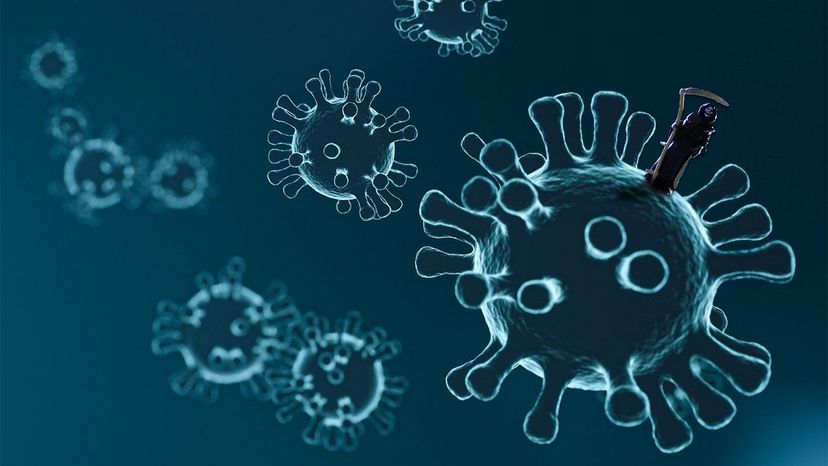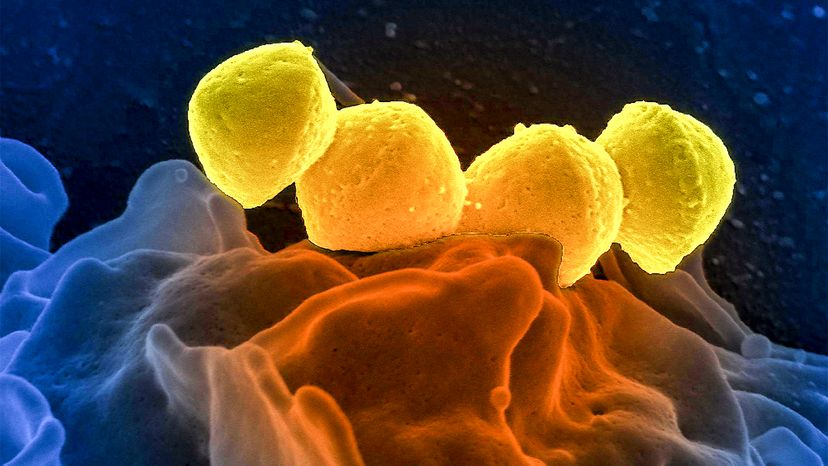
Key Takeaways
- Light virus is a term used to describe viruses that don't cause significant symptoms or harm to their hosts.
- These viruses often have minimal genetic material and may be beneficial by potentially protecting against more harmful viruses.
- Understanding light viruses sheds light on the complex relationship between viruses and their hosts in the microbial world.
To stave off infection, there are some things you probably know you should do: wash your hands, be careful when you sneeze, gets lots of sleep, don't rub your eyes (especially after touching your nose), eat lots of fruits and vegetables. After all, a cold virus can survive on someone's hand for a couple of hours or for several days on some materials.
Even those hand sanitizers that many people use don't protect against everything. And once they're in the body, viruses are quite tough to kill — antibiotics are powerless against them and vaccines for influenza and some other viruses must be changed every year to adapt to new strains. Fortunately our immune systems can fight off many viruses, but others, like Ebola or the COVID-19 coronavirus, can be deadly.
Advertisement
For years scientists have been experimenting with technology for combating viruses with another method — by using a laser, a device which stimulates atoms and molecules to emit light and then amplifies it to create a beam of radiation.
Back in 2007, researchers at Arizona State University and Johns Hopkins University discovered that pulses of light from a laser could low-power laser could neutralize viruses — turning them into "rubble," as Wired magazine put it at the time.
In their study, the researchers blasted a virus with a quick pulse of purple laser light. The laser, which only shines for 100 femtoseconds (a femtosecond is one-millionth of a billionth of a second), causes the virus's capsid (its outer shell) to vibrate and become damaged. Essentially, the virus becomes "deactivated" while the area around the virus remains unharmed. The method didn't cause viruses to mutate either, which is a problem in other virus treatments and can lead to viral resistance.
Since then, research on use of lasers against viruses has continued. Eventually, it might be possible to use lasers to cleanse blood samples of viruses and other pathogens, making them safer to handle. Laser therapy might also be combined with blood dialysis treatments. In that approach, blood would be cycled out of a patient's body, lasers could eliminate any pathogens in the blood and the blood would be cycled back in. As this study, published in November 2019 by the National Institutes of Health, describes, it eventually might be possible to employ lasers to inactivate influenza viruses, so that they used to produce more effective vaccines.
On the next page, we'll look at more ways in which scientists try to fight viruses or stop their spread altogether. Several of them use light, whether to kill viruses or as an activating agent.
Advertisement
